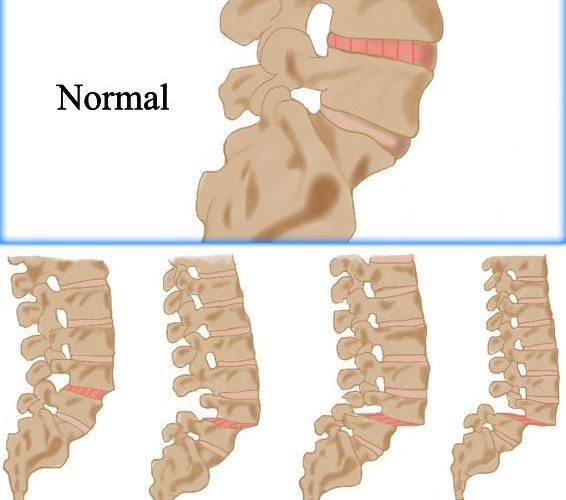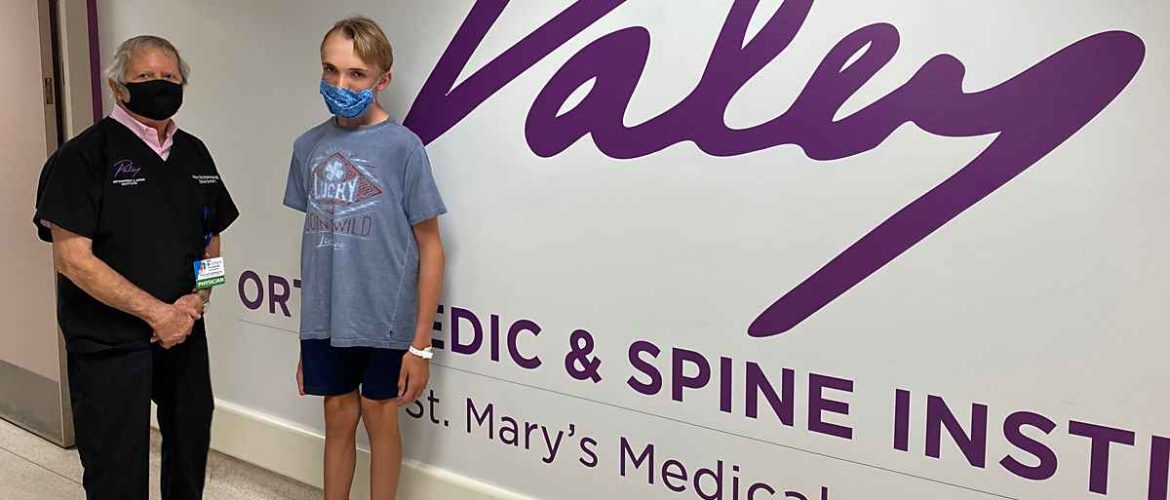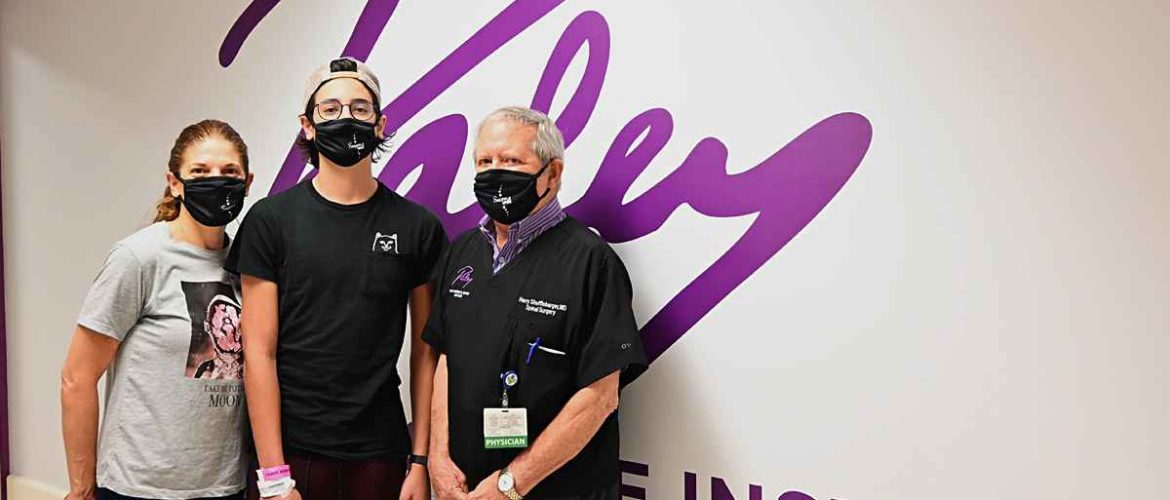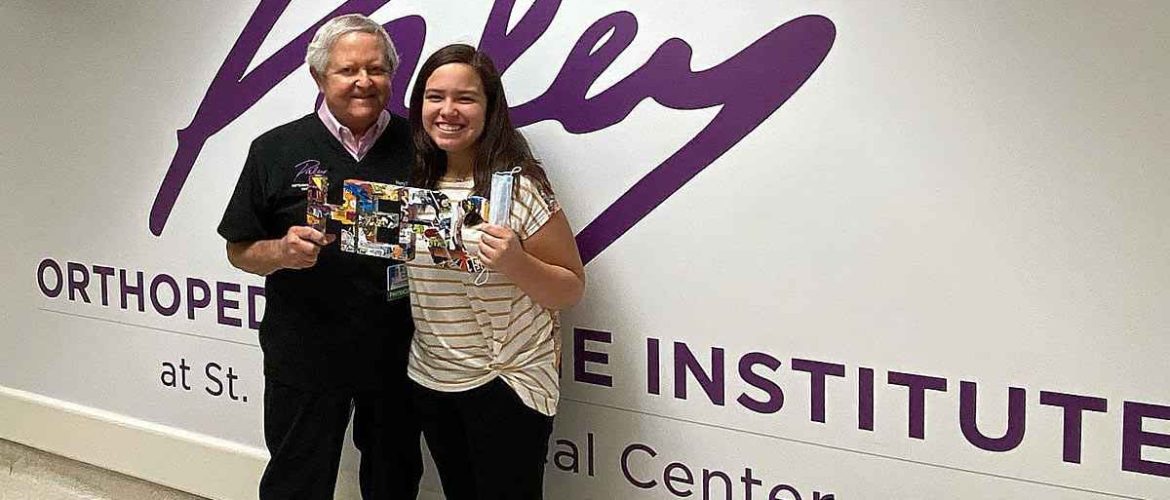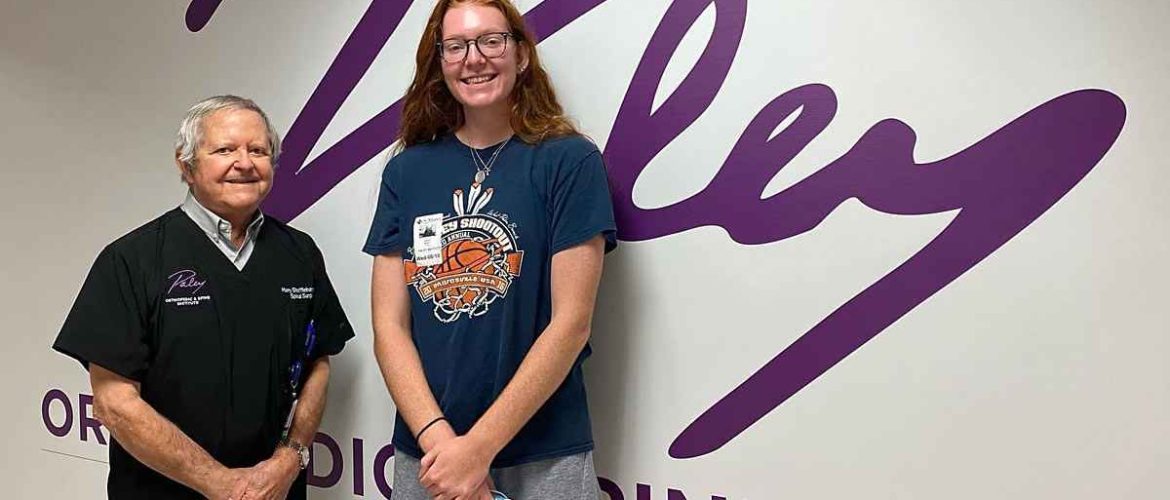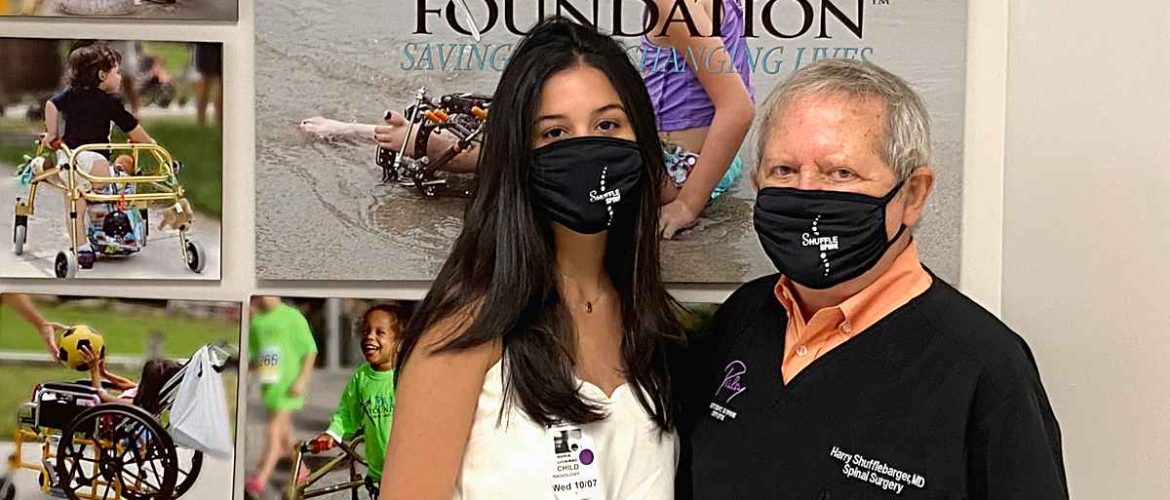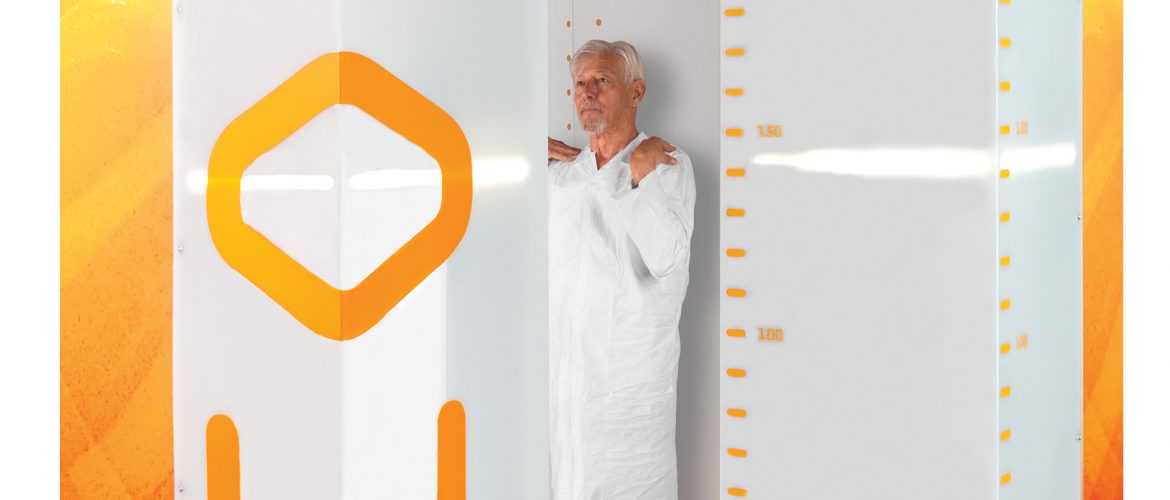Back pain can be due to many causes. Among some of these are muscle or ligament strain, injury, a slipped disc, an improper mattress, and osteoporosis to name a few. One of the lesser-known reasons for back pain is something called spondylolisthesis. This condition occurs when one of the bones of the spine (otherwise known as a vertebra) slips out of place and onto the vertebra below. This usually happens in the lower (lumbar) region of the spine, although it
A spinal fusion procedure is an in-patient surgery where two spinal vertebrae are fused together in order to correct a spinal deformity, reduce pain, or promote stability. Here we will discuss the basic information regarding the need for this procedure, how it’s done, risks and complications, and what to expect after the surgery.
Scoliosis is a disorder that manifests as an abnormal sideways curvature of the spine or backbone. When looking from the front, the spine is expected to appear straight. Scoliosis alters this, causing the spine to curve to one side.
Neuromuscular scoliosis is one of the most common types of scoliosis. It causes an irregular curvature of the spine and can lead to several severe symptoms. As the name suggests, it is associated with disorders
A spinal tumor is an abnormal mass of tissue caused by an overgrowth of cells, which is located within or around the spinal cord or spinal column. It can be either benign (non-cancerous) or malignant (cancerous).
A spinal fracture occurs when one of the bones in the spine fractures or collapses. In most instances, more than a single spinal bone will fracture. This can be cause from a varying degrees of problems,
The spine (backbone) curves slightly forward, which is important to absorb the shock and stresses of normal daily activities. When there is sideways curvature of the spine
The EOS Imaging System is a low dose medical imaging tool that develops a full body 2D or 3D view of the spine, hip and knees. This low dose imaging offers patients a new standard of care with minimal exposure while
Observation: indicated for curves 250 in children with growth remaining. Remaining growth is determined from hand x-rays and growth centers on the pelvic bone. Presence of menstruation is indicator of slowing of growth.

